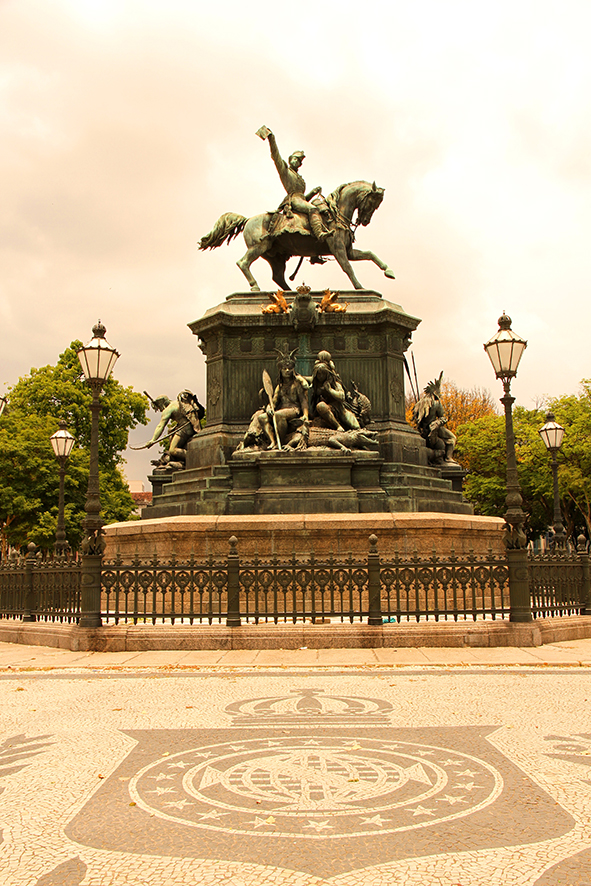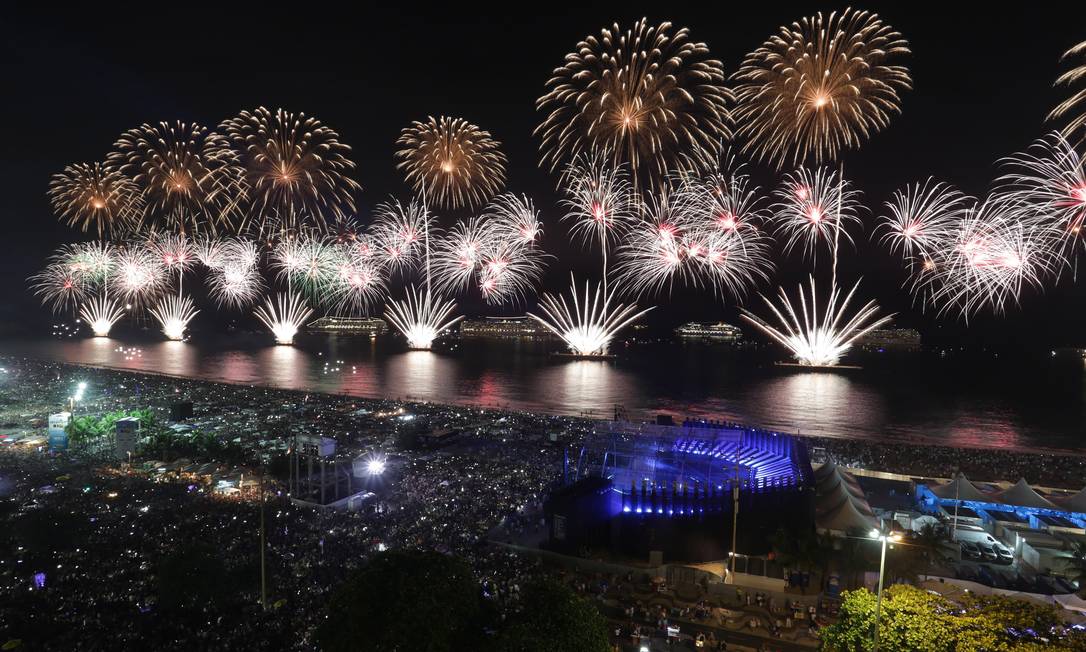In the heart of Rio’s Praça Tiradentes, a grand equestrian statue of Dom Pedro I, Brazil’s first emperor, takes center stage. This monument is a striking reminder of Brazil’s independence, but its location also invites reflection on the nation’s complex history.
Unveiled in 1862, the statue commemorates the moment in 1822 when Dom Pedro declared Brazil’s independence from Portugal. With the Declaration of Independence raised in his right hand, he symbolizes the birth of a nation. Surrounding the pedestal, allegorical figures depict Brazil’s natural wealth and its Indigenous heritage, illustrating the intertwined layers of its colonial past.

But there’s a fascinating twist to this setting. The square is named after Tiradentes, a hero of Brazilian independence movements who predated Dom Pedro by several decades. Unlike the monarchic independence led by Dom Pedro, Tiradentes fought for a republican ideal and paid with his life. The symbolic coexistence of these figures in the same space reflects the contradictions of Brazil’s history—one led by an emperor, the other inspired by a martyr for the people.
Discovering Praça Tiradentes
Beyond the statue, Praça Tiradentes is a cultural and historical hotspot. The square was once a thriving center of imperial Rio and remains surrounded by landmarks like the Teatro João Caetano, one of Rio’s oldest theaters, and charming colonial-era buildings that whisper stories of the past.
A must-visit nearby is the Real Gabinete Português de Leitura (Royal Portuguese Reading Room). This breathtaking library is a neo-Manueline gem, adorned with intricate carvings and home to one of the largest collections of Portuguese literature in the world. It’s a 10-minute walk from Praça Tiradentes and a perfect complement to your exploration of Rio’s historical core.
Insider Tip
If you’re interested in Brazilian history, visiting Praça Tiradentes offers more than just beautiful sights—it’s an opportunity to dive into the country’s complex journey to independence and nationhood. Reflect on the contrasting legacies of Dom Pedro I and Tiradentes while exploring the surrounding area’s vibrant culture.
Make time to pair the square with a visit to the Royal Portuguese Reading Room. And if you’re feeling adventurous, continue exploring nearby streets to uncover hidden gems of old Rio. This corner of the city is a testament to the layers of history that make Rio de Janeiro more than just beaches and samba—though, of course, those are pretty great too! Take advantage of the best deals for staying in Centro on Booking.com: Book here for the best prices



